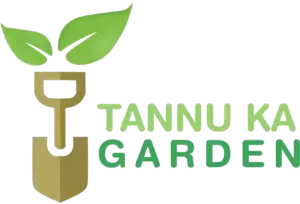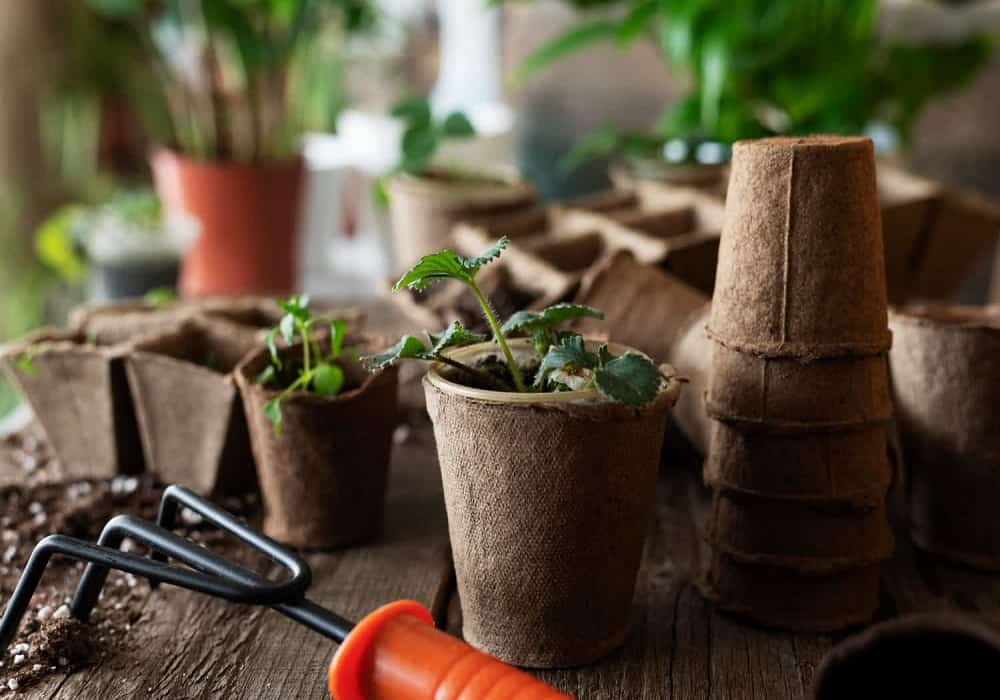Container Gardening Ideas for Small Spaces: Tips for Thriving Greenery in Limited Areas
Container gardening is a fantastic way to cultivate a vibrant garden even in the smallest of spaces. Whether you live in a high-rise apartment, a cozy townhouse, or simply have limited outdoor space, container gardening allows you to grow a variety of plants without needing a large garden plot. Here are some practical and creative container gardening ideas for small spaces that will help you make the most of your limited area and ensure your greenery thrives.
1. Choose the Right Containers
When it comes to container gardening in small spaces, the choice of containers is crucial. Opt for lightweight, durable materials like plastic, fiberglass, or resin, which are easier to handle and move. Consider using a mix of container sizes and shapes to add visual interest and accommodate different types of plants. Make sure every container has openings for drainage in order to avoid waterlogging, which can cause root rot.
2. Utilize Vertical Space: Container Gardening Ideas for Small Spaces
Vertical gardening is a game-changer for small spaces. By growing plants upwards rather than outwards, you can maximize your gardening area. Install wall-mounted planters, hanging baskets, or vertical trellises. Use wall pockets or tiered shelving to hold multiple containers in a compact area. This approach not only saves space but also adds a lush, green backdrop to your living area.
3. Opt for Space-Efficient Plants
Selecting the right plants is key to successful container gardening in small spaces. Choose compact or dwarf varieties that are specifically bred for container life. Herbs like basil, thyme, and parsley, as well as salad greens and small peppers, thrive in containers and are perfect for small gardens. Additionally, consider flowering plants like marigolds or petunias that can add vibrant colors to your space without taking up too much room.
4. Employ Creative Planting Techniques
Maximize the productivity of your containers with innovative planting techniques. Try the following ideas:
- Stacked Planters: To design a multi-level garden, use tiered planters or stackable pots. This method is ideal for growing herbs or flowers and helps save horizontal space.
- Hanging Gardens: Suspend containers from hooks or a pergola to create a floating garden effect. This works especially well with creeping plants, such as petunias or ivy.
- Container Combo: Combine plants with different growth habits in a single container. For example, plant a tomato with a few herbs like basil and oregano. This method makes efficient use of space and creates visually appealing arrangements.
5. Ensure Proper Soil and Fertilization
The success of container gardening relies heavily on the soil and fertilization practices. Make use of a premium potting mix that has adequate aeration and drainage. Avoid using garden soil, as it can be too heavy and may lead to poor root development. Container plants typically need more frequent feeding than garden plants. Incorporate slow-release fertilizers into the potting mix and supplement with liquid fertilizers as needed to support healthy growth.
6. Implement Efficient Watering Techniques
Watering is crucial in container gardening, as containers dry out faster than garden beds. Install self-watering systems or use containers with built-in reservoirs to help maintain consistent moisture levels. If you prefer manual watering, use a watering can with a long spout to reach all areas of the container without disturbing the plants. Water the plants when the top inch of soil feels dry, and ensure excess water can drain freely.
7. Incorporate Multi-Functional Furniture
In small spaces, furniture that doubles as garden space is a practical solution. Look for items like bench planters or tables with built-in planters. These pieces provide both functionality and greenery, making the most of limited space. You can also use railing planters to grow herbs or flowers along the edges of balconies or decks.
8. Consider Seasonal Adjustments
Incorporate seasonal changes into your container gardening plans. Swap out summer annuals for winter-hardy plants or switch to cold-weather crops like kale and spinach as temperatures drop. Seasonal adjustments ensure that your container garden remains vibrant and productive throughout the year.
9. Embrace Edible Gardens
Growing your own food can be both rewarding and space-efficient. For growing fruits, vegetables, and herbs, container gardens are ideal.
Try cultivating cherry tomatoes, lettuce, or dwarf carrots in containers. Edible plants not only provide fresh produce but also enhance the aesthetic appeal of your small garden.
10. Create a Cozy Garden Nook
Transform a small space into a cozy garden retreat by adding comfortable seating and decorative elements. Arrange your containers in a way that creates a small, inviting nook where you can relax and enjoy your plants. Add outdoor cushions, string lights, or a small water feature to enhance the ambiance of your container garden.
Conclusion
Container gardening is a versatile and effective way to bring greenery into small spaces. By selecting the right containers, utilizing vertical space, choosing space-efficient plants, and implementing creative techniques, you can create a thriving garden in even the most limited areas. Embrace these container gardening ideas for small spaces and enjoy a lush, vibrant garden right at your doorstep.






